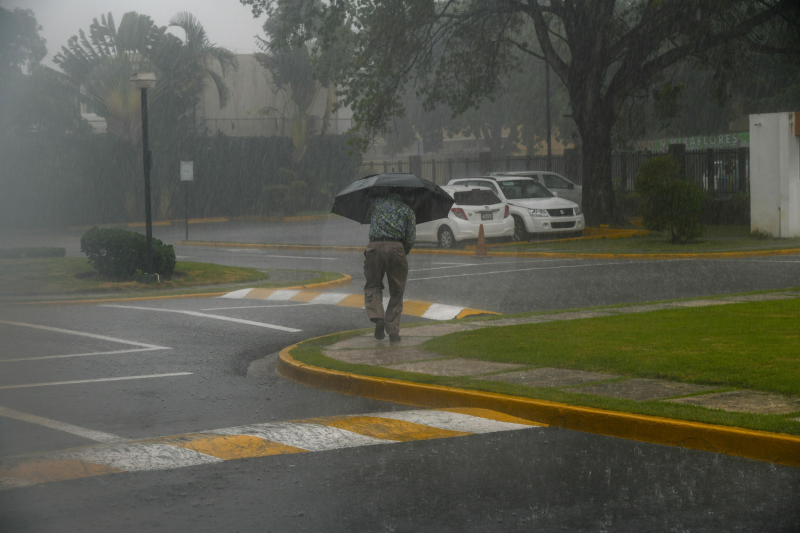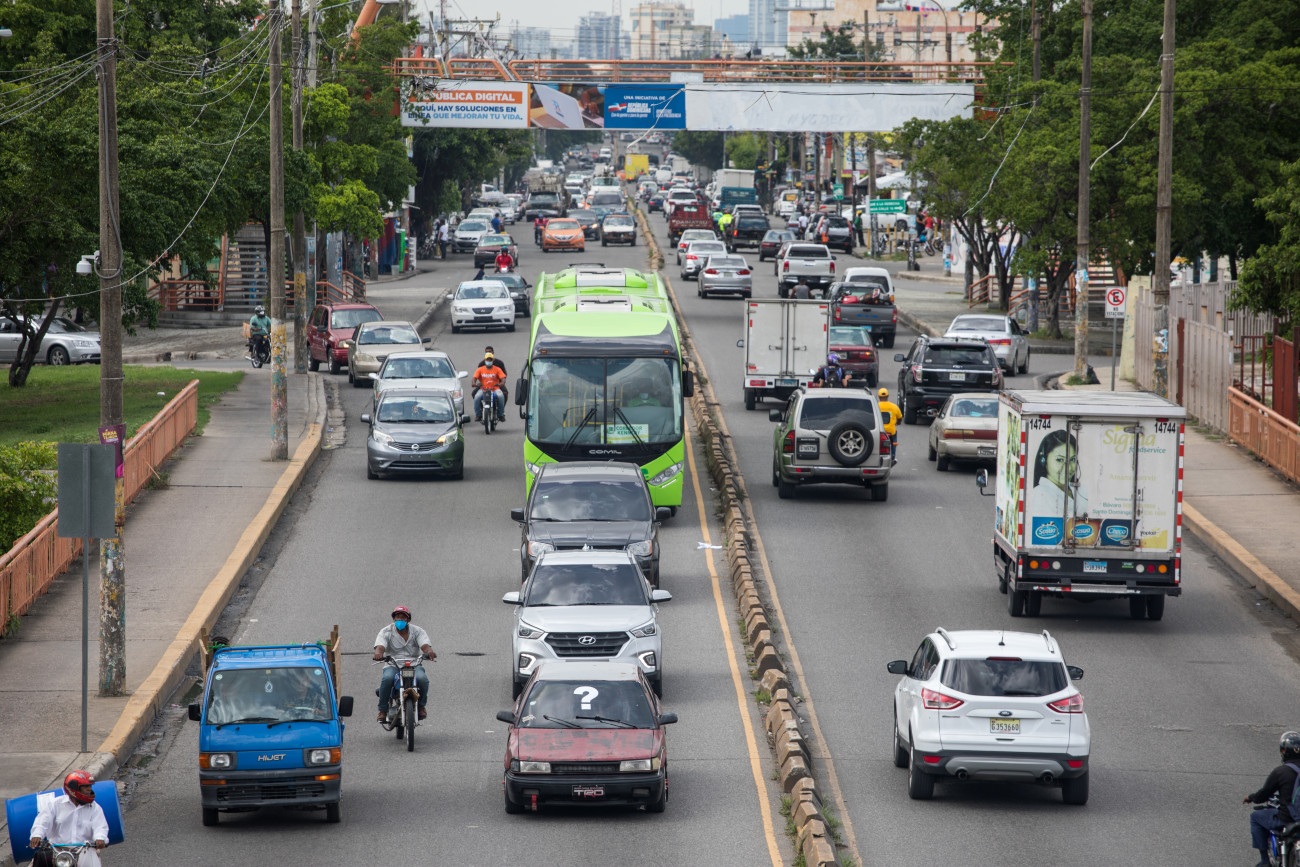In the first half of 2025, 8.6% of digital transaction attempts in the Dominican Republic were suspected of being fraudulent, representing a 17% decrease compared to the same period last year, although well above the 2.8% rate for the Latin American countries analyzed.
However, identity-based fraud continues to grow, driven by large numbers of exposed identities and increasingly sophisticated cybercriminals.
In the Dominican Republic, 14.2% of digital account creation attempts were suspected of fraud during the first half of the year, as were 5.3% of account logins and 12.6% of financial transactions. All of these figures are higher than the global findings of 8.3%, 4.3%, and 2.7%, respectively.
“These trends highlight the growing need for robust identity verification and fraud prevention strategies from the earliest stages of digital engagement,” said Diana Martínez, Director of Fraud Solutions at TransUnion Latin America. Consumers continue to be both targets and victims of various fraud schemes, and Latin Americans surveyed reported smishing and vishing as the schemes most commonly used by fraudsters. Prevention strategies must focus on the consumer, emphasizing the protection of personal information and credentials.”
According to TransUnion’s H2 2025 Update to the Major Fraud Trends Report, 32% of consumers in the Dominican Republic reported being targeted by fraud via email, online, phone, or text between February and May 2025. Among those who said they had been targeted, the most commonly reported fraud schemes with similar outcomes were gift card/cash scams and third-party seller scams on legitimate websites.
Globally, the video game sector recorded the highest percentage of suspected digital fraud attempts in the first half of 2025, reaching 13.5%. This represents a 28% increase in volume compared to the same period in 2024, underscoring the growing vulnerability of this sector to fraud. In transactions carried out in the Dominican Republic, the financial services sector recorded the highest percentage of suspected digital fraud attempts in the first half of 2025, at 18.2%.
In many Latin American countries analyzed, the Government sector had the highest rate of suspected digital fraud in the first half of 2025, with an average increase of 80% compared to the first half of 2024. This trend reflects fraudsters’ ongoing efforts to exploit sectors that handle sensitive personal data.
“Because the risk of scams threatens the integrity of consumer identity, organizations rely on a combination of data, risk signals, technology, and tools to prevent fraud,” said Martinez. “Globally, business leaders rank identity verification, device reputation, and behavioral biometrics as the top three fraud prevention technologies.”
“Businesses and financial institutions should also invest in sustained education and awareness campaigns to mitigate schemes such as account takeover. Preventing fraud must necessarily be a multifaceted strategy if businesses and consumers want to stay ahead of fraudsters, whose tactics continue to evolve.”
About the analysis
TransUnion reached its conclusions about digital fraud based on intelligence from its TransUnion TruValidate suite, which leverages identity and fraud products to help ensure trust across all channels and deliver efficient consumer experiences.
The rate or percentage of suspected digital fraud attempts reflects those that TransUnion customers determined met one of the following conditions: 1) real-time denial due to fraud indicators, 2) real-time denial due to corporate policy violations, 3) fraud confirmed after customer investigation, or 4) corporate policy violation after customer investigation, compared to all transactions evaluated.
Country and region analyses examined transactions in which the consumer or suspected fraudster was located in a selected country or region at the time the transaction was made. Global statistics represent all countries worldwide, not just the selected countries and regions.
Country- and region-specific data in the report includes: Dominican Republic, Botswana, Brazil, Canada, Chile, Colombia, Costa Rica, El Salvador, Guatemala, Honduras, Hong Kong, India, Kenya, Mexico, Namibia, Nicaragua, Philippines, Puerto Rico, Rwanda, South Africa, Spain, United Kingdom, United States, and Zambia.





